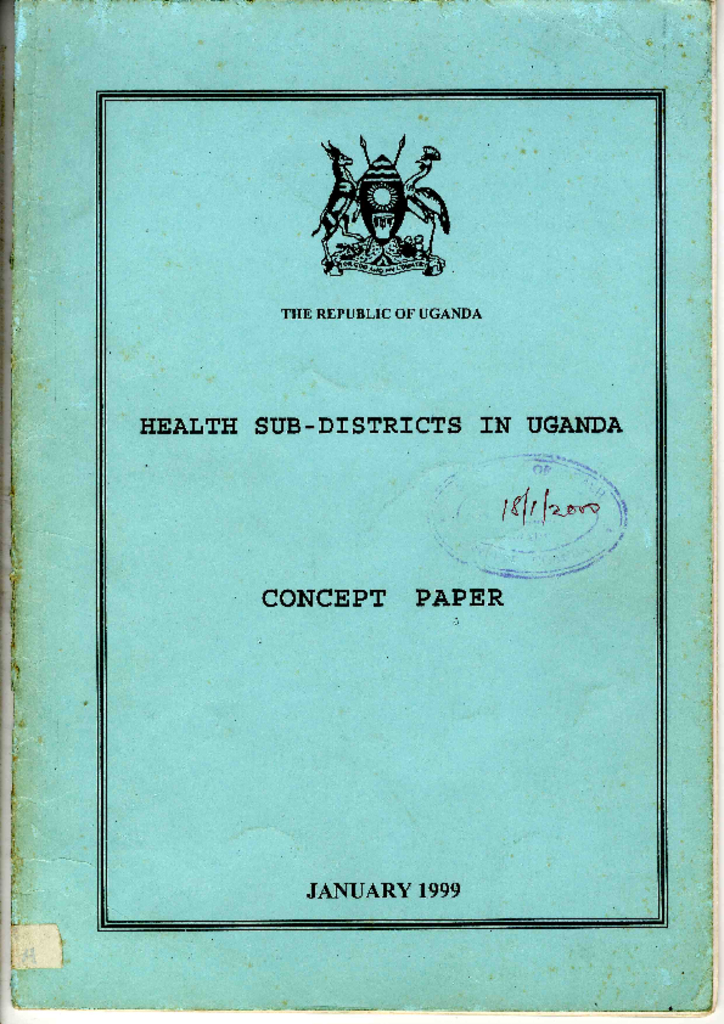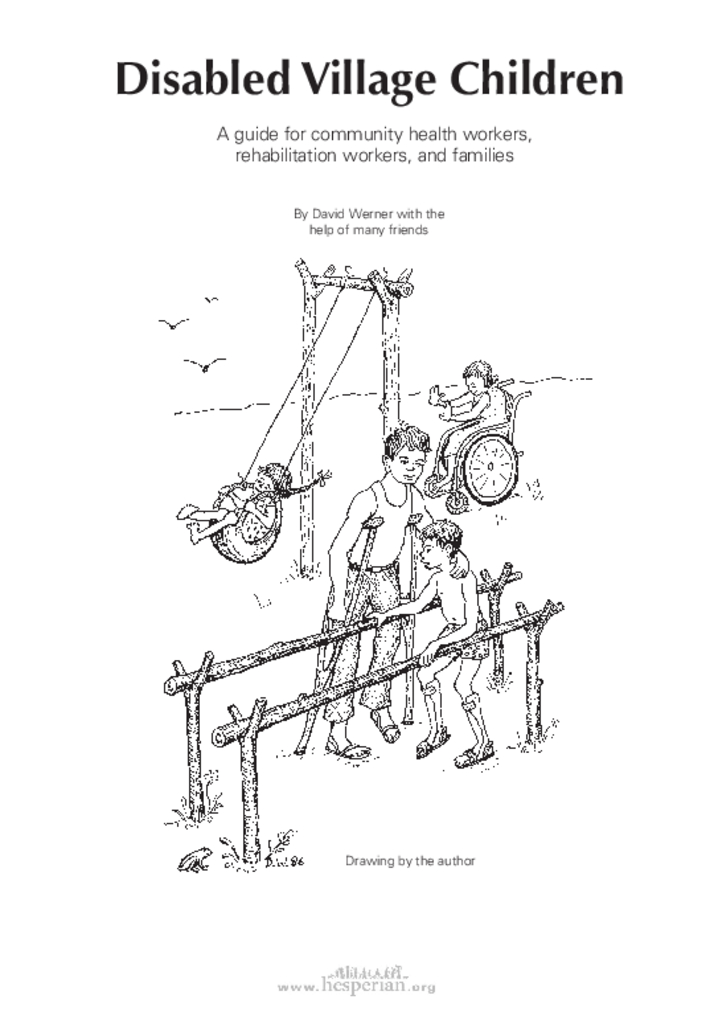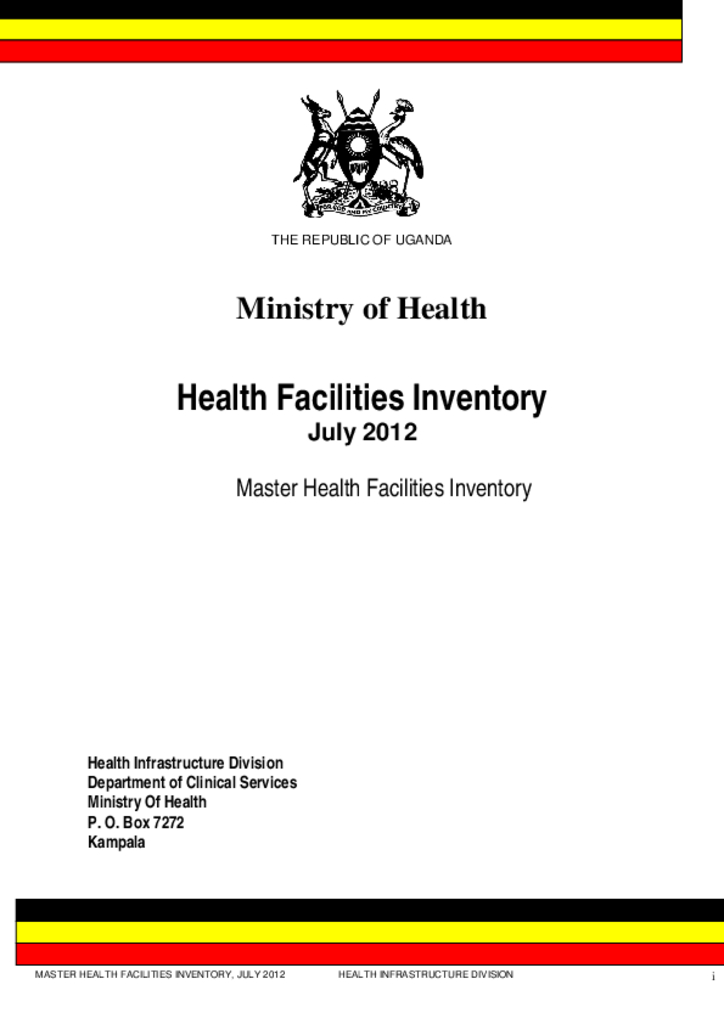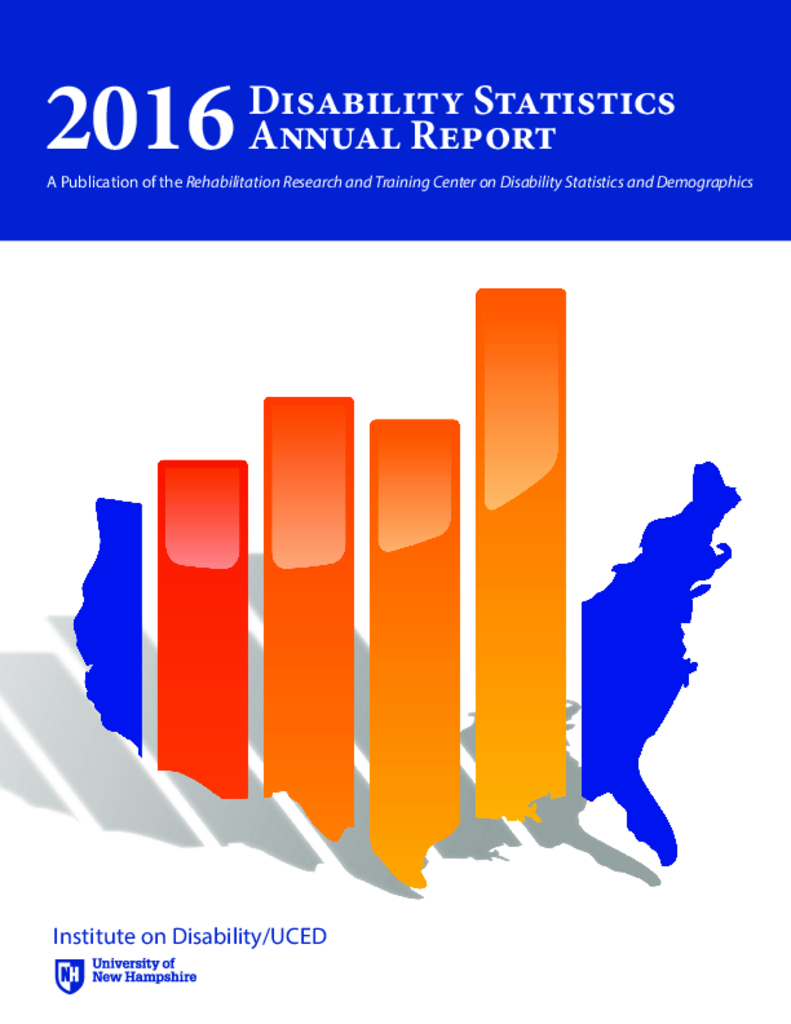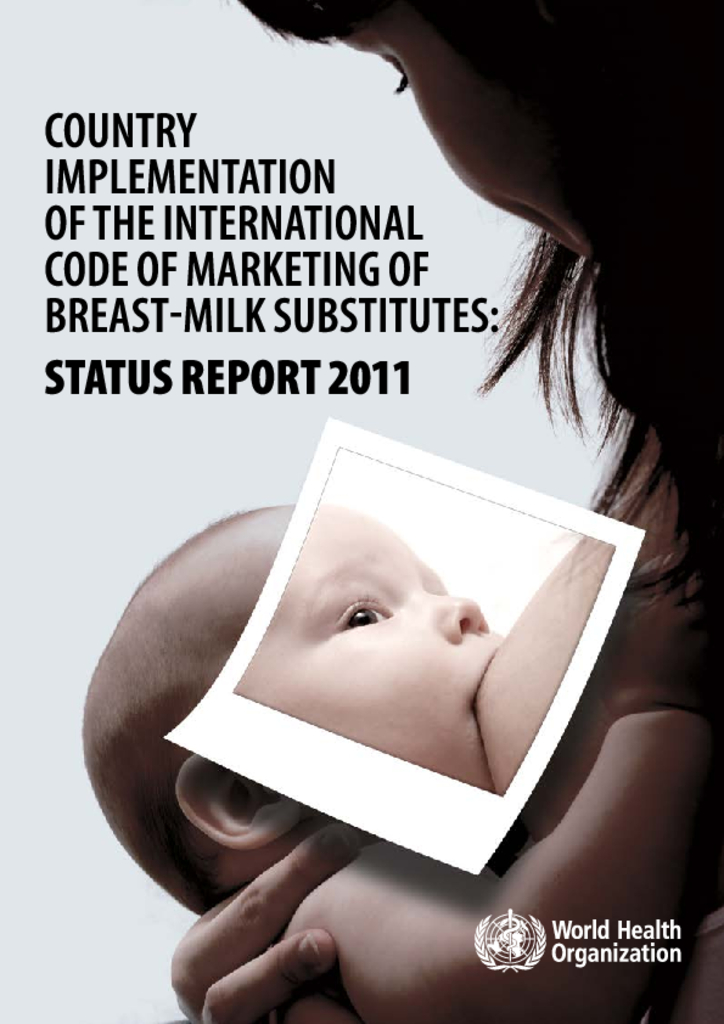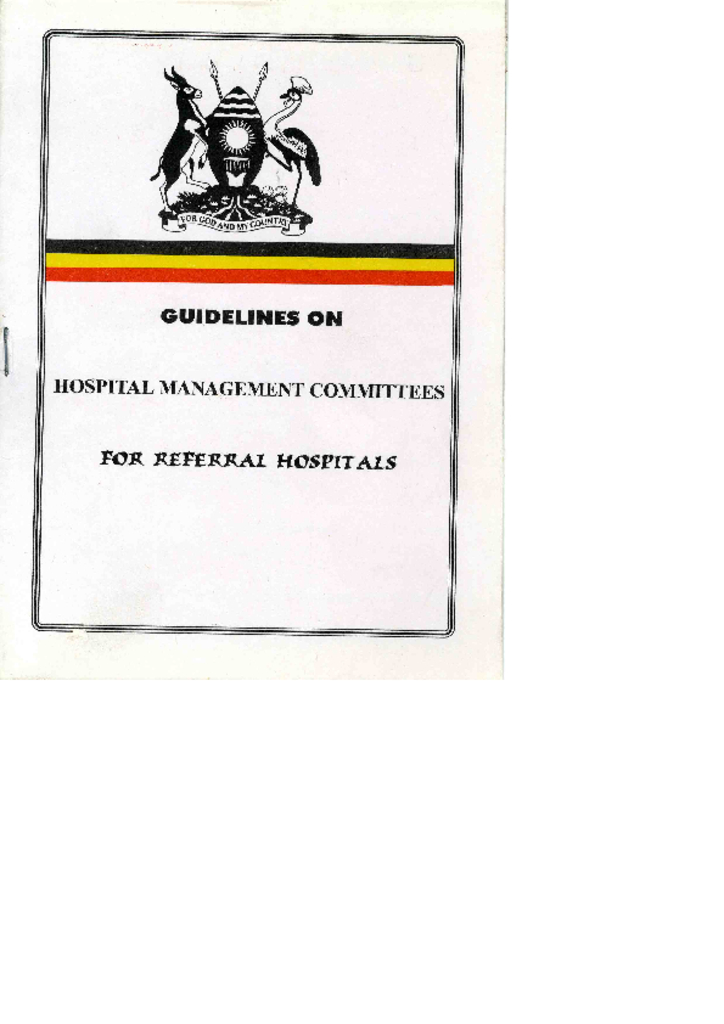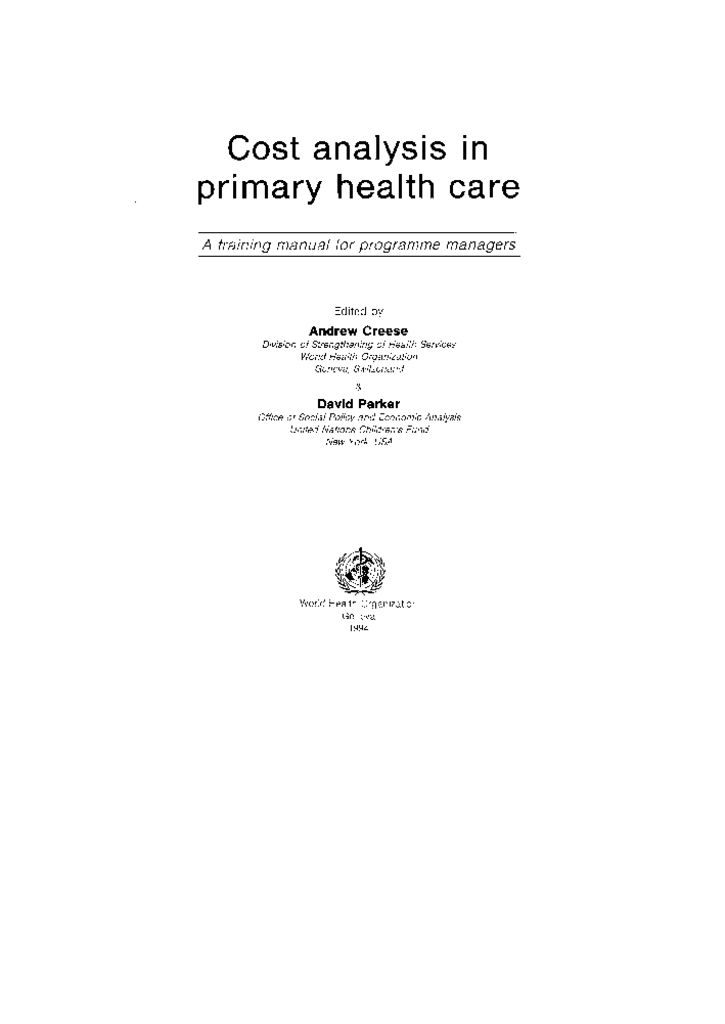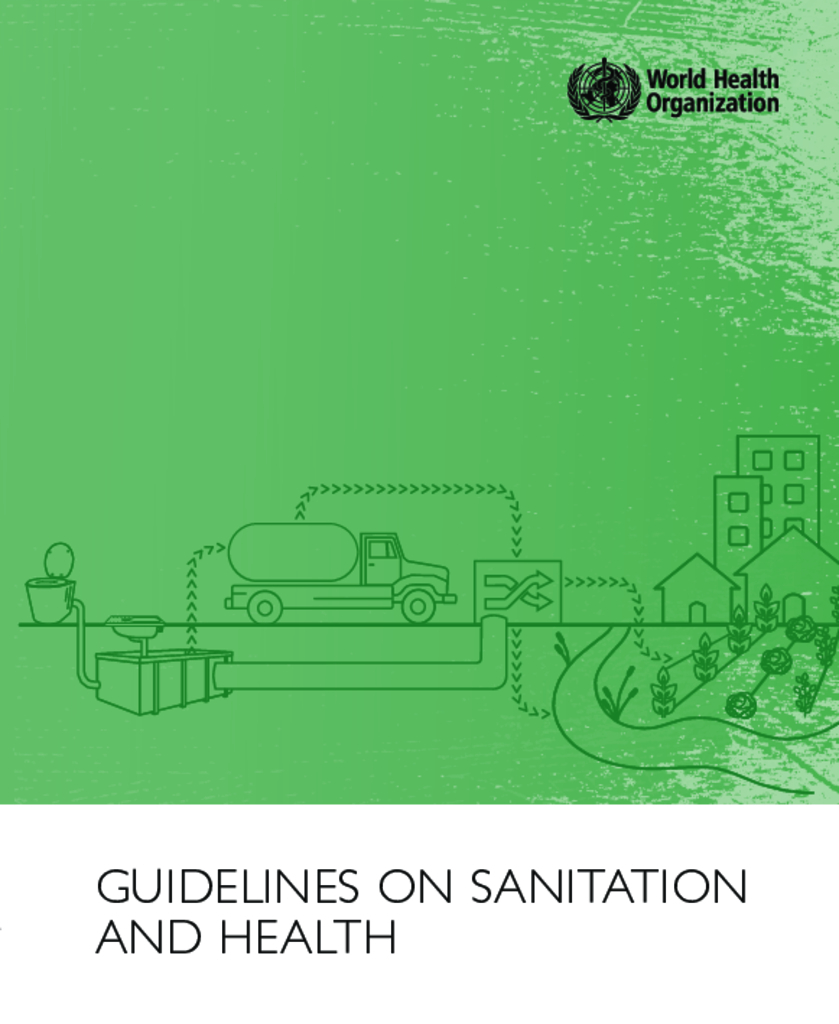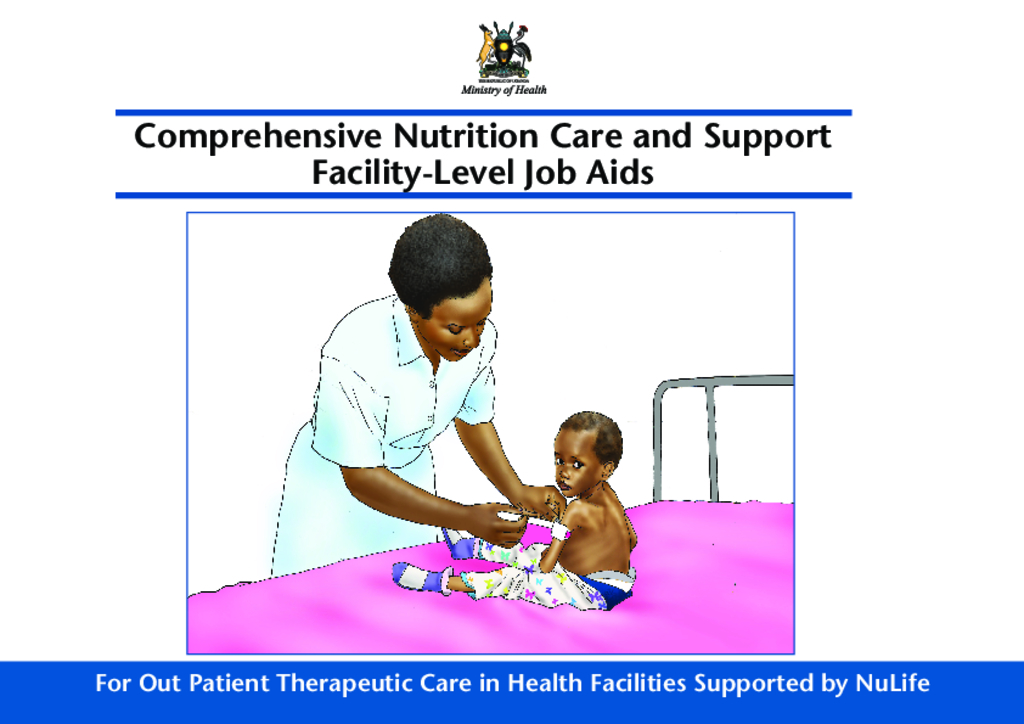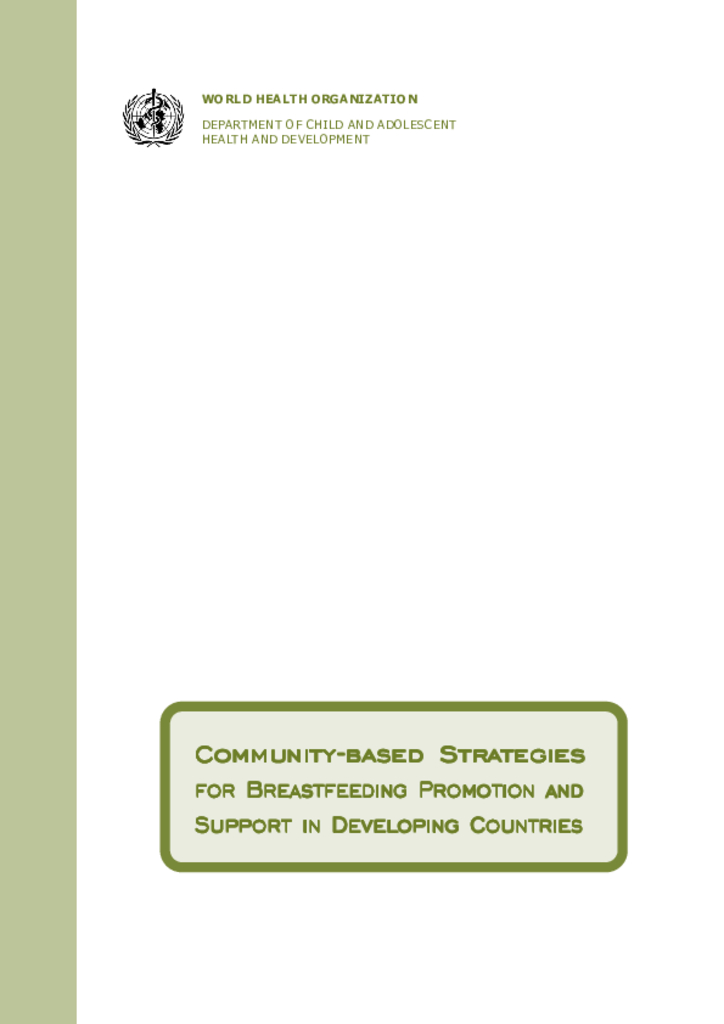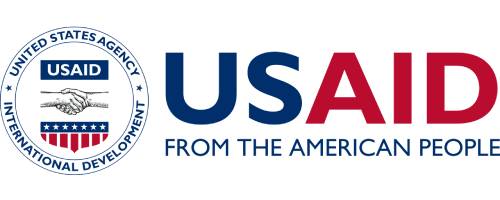This concept paper describes the Health sub-district strategy aimed at strengthening the management of health services and improving equity of access to essential health services by the population of Uganda. The strategy is intended to facilitate equity of access to health service delivery.
This book has been a cooperative effort. Many persons have contributed in different ways. Some have helped to write or rewrite different sections; some have criticized early drafts; some have used it in their programs and sent us feedback; some have sent original ideas or technologies that we have tested and then included. In all, persons or programs from 27 countries on 6 continents (North and South America, Africa, Asia, Europe, Australia) have contributed
This Health Facilities Inventory has been compiled from information provided by districts through the offices of the District Health Officers, verified by the Resident District Commissioners and/or the Chief Administrative Officers. It covers all the 112 districts of the country.
The report has been compiled to i. Provide information on the current stock of health care facilities by location, level, ownership, and status of functionality as of June 2012. ii. Enable identification of underserved areas and thereby provide a guide for locating and/or siting of new Health Units. It is intended that new construction shall be directed to the underserved areas. iii. To guide effective planning for staffing and rational distribution of medicines and supplies
The Annual Report highlights state and trend data from national sources. A specific listing of source data for each figure is included in Appendix B. There is a great deal of variability in rates of people with disabilities by state and the Annual Report includes maps to highlight this information. A glossary of terms is included in Appendix C.
The Climate Change and Development Series was created in 2015 to showcase economic and scientific research that explores the interactions between climate change, climate policies, and development. The series aims to promote debate and broaden understanding of current and emerging questions about the climate-development nexus through evidence-based analysis.
Globally, breastfeeding has the potential to prevent about 800 000 deaths among children under five each year if all children 0–23 months were optimally breastfed. Early initiation of breastfeeding could prevent about one fifth of neonatal deaths, but less than half of infants are put to the breast within one hour of birth. WHO recommends that all infants should be exclusively breastfed for the first six months of life, but actual practice is low (38%). Only about half of children aged 20–23 months are breastfed despite the recommendation that breastfeeding continue for up to 2 years or beyond.
The function of the board shall be to provide a strategic vision and direction of the hospital on behalf of the ministry of health within the framework of health policy.
This manual was developed over a period of three years through workshops and field-testing with important inputs from health programme managers in many developing countries. Financial and Technical support was provided by UNICEF.
Safe sanitation is essential for health, from preventing infection to improving and maintaining mental and social well-being. The lack of safe sanitation contributes to diarrhoea, a major public health concern and a leading cause of disease and death among children under five years in low- and middle- income countries; poor sanitation also contributes to several neglected tropical diseases, as well as broader adverse outcomes such as undernutrition. Lack of access to suitable sanitation facilities is also a major cause of risks and anxiety, especially for women and girls. For all these reasons, sanitation that prevents disease and ensures privacy and dignity has been recognized as a basic human right. Sanitation is defined as access to and use of facilities.
The Ministry of Health would like to very sincerely thank the University Research Co., LLC (URC) Nulife Program, with support from the United States Agency for International Development (USAID) for the technical and financial support which was so essential for the development, printing and dissemination of these Facility-Level job aids on Comprehensive Nutrition Care and Support for People Living with HIV.
Breastfeeding is an extension of maternal protection that transitions the young infant from the shelter of the in utero environment to life in the ex utero world with its variety of potentially harmful exposures. The promotion, protection, and support of breastfeeding is an exceptionally cost-effective strategy for improving child survival and reducing the burden of childhood disease, particularly in developing countries
The strong links between socio-economic factors or public policies and health were documented in the World Health Organization (WHO) Commission on Social Determinants of Health report. Yet even when health and health equity are seen as important markers of development, expressing the benefits of social determinants of health interventions in health and health equity terms alone is not always sufficiently persuasive in policy settings where health is not a priority, or when trade-offs exist between health and other public policy objectives
